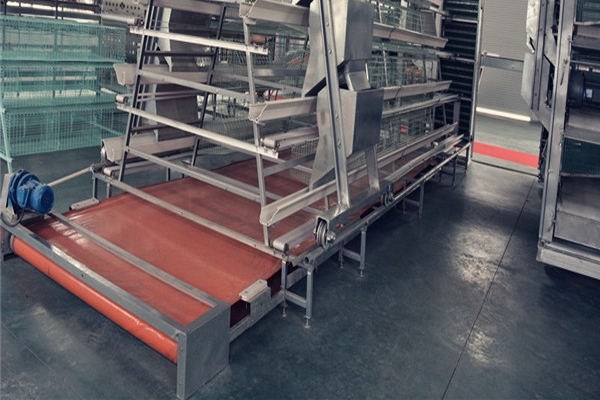As we all know, the purpose of raising laying hens is to hope that they can produce some high-quality eggs to enable farmers to obtain a good economic benefit. However, during the laying period, some eggs are often broken, and the amount of broken eggs accounts for about the production. 6-8% of total eggs
Farming equipment manufacturers teach you to reduce egg breakage
1. Increase the number of times of picking up eggs to avoid collisions with each other, especially during egg-laying concentrated hours, and the staff should act lightly when picking up and moving eggs.
2. Maintain the health of the chickens and reduce the occurrence of diseases. Many diseases will not only reduce the egg production rate, but also reduce the quality of the eggshell, thereby increasing the egg broken rate.
3. Meet the nutritional needs of chickens, especially the content of calcium and vitamin D3, and the content of phosphorus should also be appropriate. The ratio of calcium to phosphorus should generally be maintained at about 3.4-4.6:1.
4. In the high temperature season, the temperature in the chicken house is relatively high. In order to reduce the heat stress of the chickens, farmers can appropriately increase the calcium content in the diet. The calcium content is generally maintained between 3.7-5%. Avoid more than 5%, and add baking soda and vitamin C to the drinking water.
5. To reduce the occurrence of stress factors, it is necessary to keep the environment inside and outside the chicken house quiet and comfortable, and create a good growth environment for the chickens.
6. Starting from the chicken group 50-60 weeks of age, implement a short-term hunger strike for 3-7 days. The egg production is the same as that of non-hunting, but the strength of the egg shell is significantly increased compared with the non-hunting treatment, and the egg broken rate is also greatly cut back.
